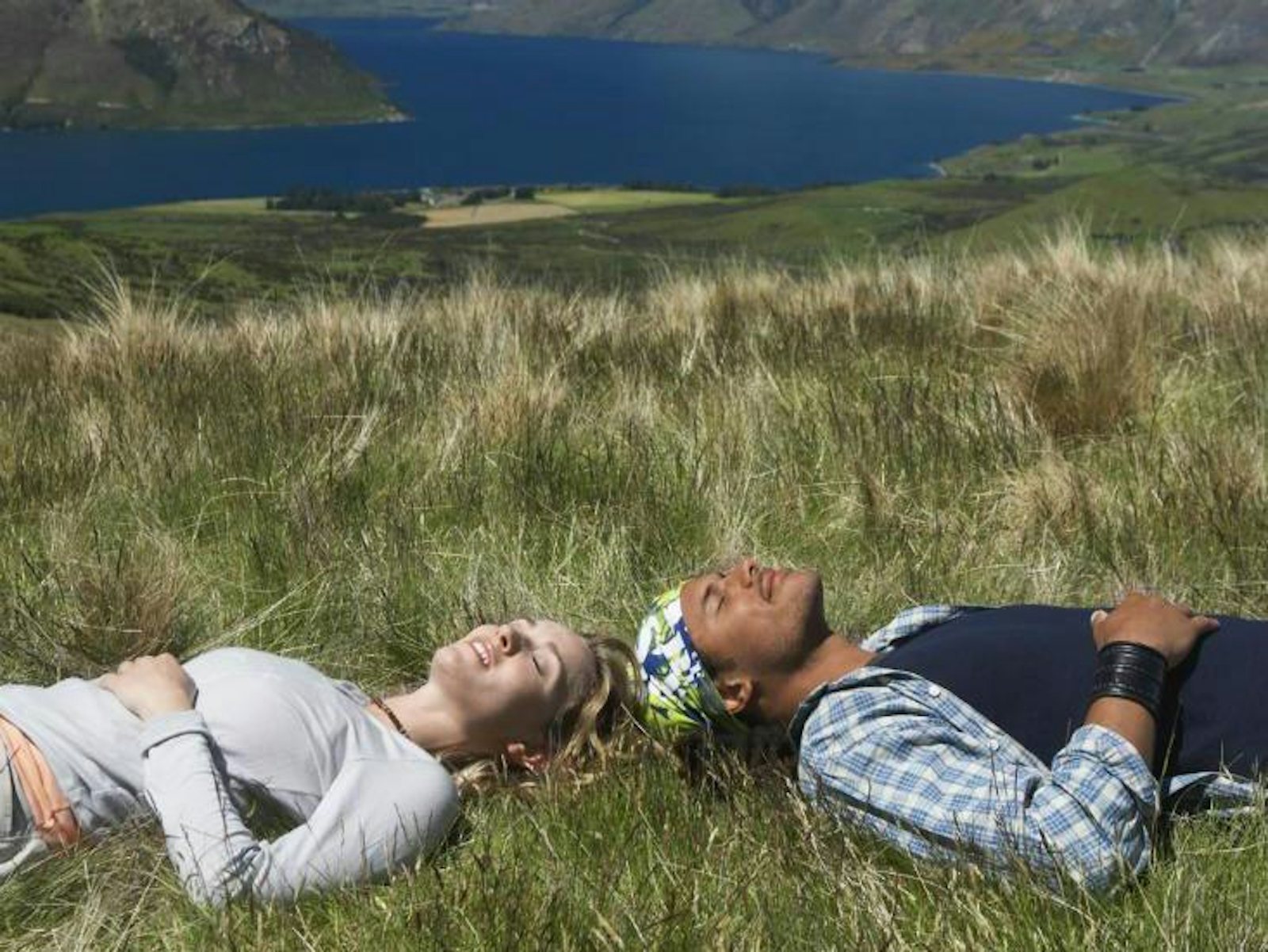
One hundred sixty years ago, Henry David Thoreau published his magnum opus, Walden. In it he detailed his time spent living alongside nature in a cabin adjacent to Walden Pond. In one of the book’s emblematic lines, Thoreau wrote, “We can never have enough of nature.” He believed that it was a “tonic” for us.
Fewer people experience Thoreau’s tonic these days. Many people have little connection to or experience in nature; many spend more time with iPads than in parks. Journalist Richard Louv coined the phrase “nature deficit disorder” to describe this phenomenon in his book Last Child in the Woods.
Nature deficit disorder is not an actual mental disorder or illness. Louv chose the name to draw attention to the lack of a connection with nature he observed in young people. But the central argument, that time spent in nature is beneficial to our health and wellbeing, has merit. Decades of research shows that time spent in natural surroundings reduces stress, improves recovery in hospital patients, and puts us in better moods. Many studies also report that study participants say that they simply enjoy nature.
“The research is pretty clear,” says Andrea Faber Taylor, a researcher at the Human Environment Research Laboratory at University of Illinois at Urbana-Champaign. “Regardless of where they live, humans prefer very natural settings.” She says humans “were wired that way”; it is part of how we evolved. For most of our 200,000-year history as a species, humans were largely nomadic. The majority of us live in cities now, but despite that recent urban shift, we haven’t lost our underlying predilection for natural settings.
Faber Taylor’s research looks at the effects of green spaces on children. In 2009, she was the lead author on a study that showed that taking children with ADHD on 20-minute walks through a park helped them to pay attention better afterwards, more than a similar walk through a well-kept urban setting. A 1992 paper by Stephen Kaplan, now a professor emeritus at the University of Michigan, suggests a reason for that effect: Nature engages our attention in a different way from human-built spaces.
Most human-mediated activities—school and work, social media, and even many leisure activities—require “direct attention.” These pursuits require effort; even during play, we’re doing things that require a lot of focus. The eventual result is attention fatigue, which decreases our ability to concentrate on one task.
Natural spaces, on the other hand, engage our “involuntary attention.” On a hiking trail your attention flits to different spots like the birds flying by—to the tree bark, the blue sky, the leaves on the ground. Paying attention to these sights requires little effort on our part, making it less demanding, and providing a break for our minds. The respite seems to be part of why we find nature relaxing. Indulging our involuntary attention is in fact one of the best ways to treat attention fatigue.
Many people find it hard to bring themselves out into nature. But there’s evidence that bringing nature into our lives can also be helpful—even if the nature is virtual. A 2008 study showed that undergraduate students had lower heart rates, indicating lower stress levels, while working in a room that had a plasma screen showing a natural scene. (A window with a nature view actually worked better, but not every room can add a pretty view so easily.) Human Interface Technologies Team at the University of Birmingham, in England, is working on recreating natural in virtual reality as a kind of therapy. Bob Stone, a professor at the university, directs the lab. The first two recreated natural scenes are of two of his favorite natural spaces, Wembury Bay and Burrator Reservoir. These scenes are currently being tested on patients at the nearby Queen Elizabeth Hospital’s intensive care unit in Birmingham. Stone said that patients have reacted “very well indeed—as have their relatives, and the nurses and clinical personnel.”
Jess Scanlon is an editorial intern at Nautilus. She tweets @JMScannie.






























